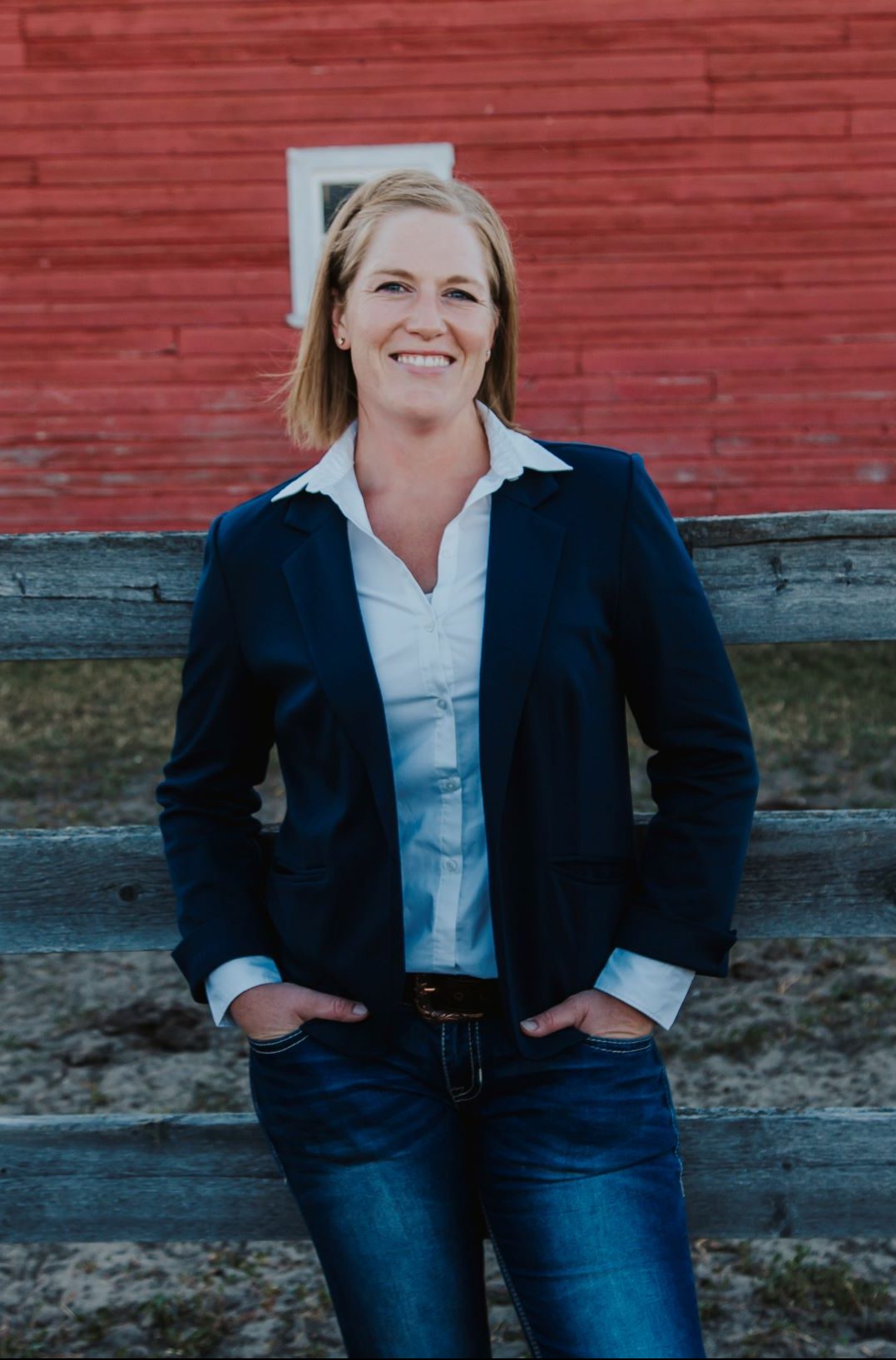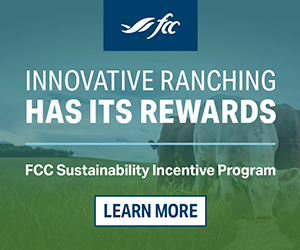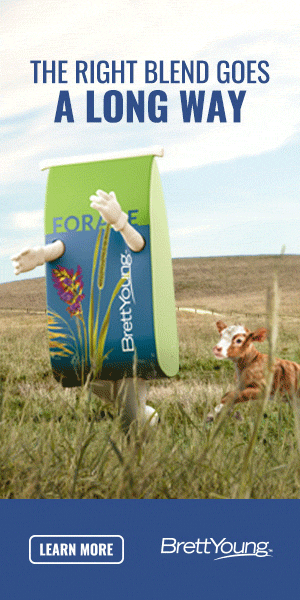AB Direct - Steers
Rail: ---
AB Direct - Heifers
Rail: ---
US Trade- Steers
Rail: 360.00 (IA)*few
US Trade - Heifers
Rail: 360.00 (IA)*few
Canadian Dollar
0.10
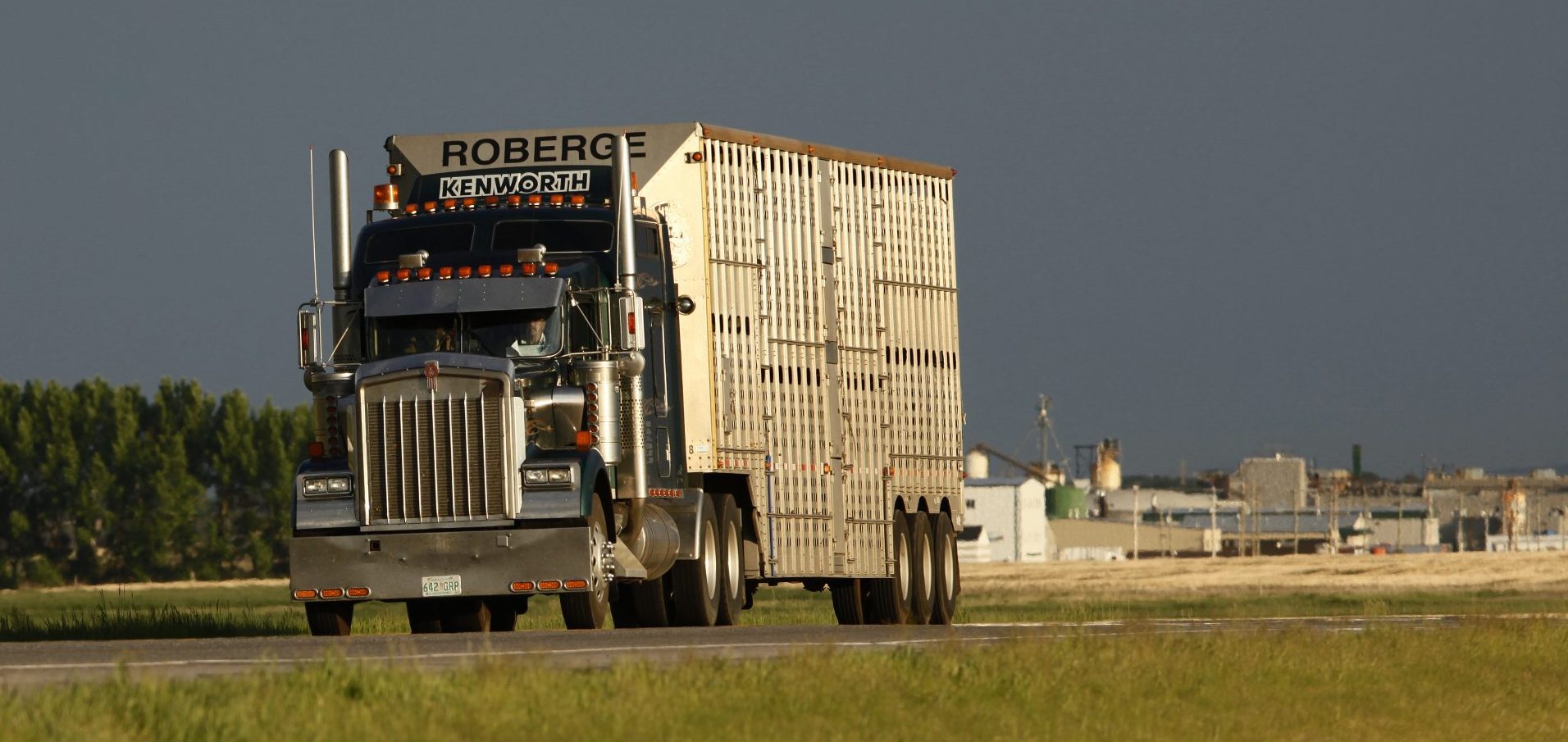
Considering withdrawal periods before shipping animals
Editor’s Note: This is part of a series of monthly columns by Melissa Downing, Alberta’s Provincial Coordinator with VBP+. Find previous articles on ABP Daily.
This time of year, many of us are gearing up to ship our calves, yearlings, or cull cattle off the farm. Given the current pasture and feed situation in most of western Canada, producers may be wanting to move some of these animals sooner than usual. With that, there are a few things I’d like everyone to keep in mind as you are planning to ship cattle this fall.
A withdrawal period is the time required for an animal to effectively metabolize an administered product so that the concentration levels in the animal are within safe levels for food production.
In Canada, animal health products must go through an approval process to determine approved uses, dosage, route of administration, and withdrawal periods. A withdrawal period is the time required for an animal to effectively metabolize an administered product so that the concentration levels in the animal are within safe levels for food production. Withdrawal periods may change based on species or route of administration (eg. intramuscular vs. sub-cutaneous injection).
It is critical for industry food safety that when we ship cattle which may be going for slaughter, we ensure they are not on a withdrawal period. A documented withdrawal check when shipping cattle does this — and it’s very simple to implement.
Record
When an animal is treated, record all relevant information so that it can be accurately referenced. Include the date, animal identification, product used, dosage, route, and withdrawal time.
Check
Before shipping animals, check your records to ensure the withdrawal times are met.
Make a note in your shipping record that this check was completed.
Inform
If animals are not going to slaughter, inform the next owner, by providing the details of any existing withdrawal periods.
Fall processing and pregnancy checking
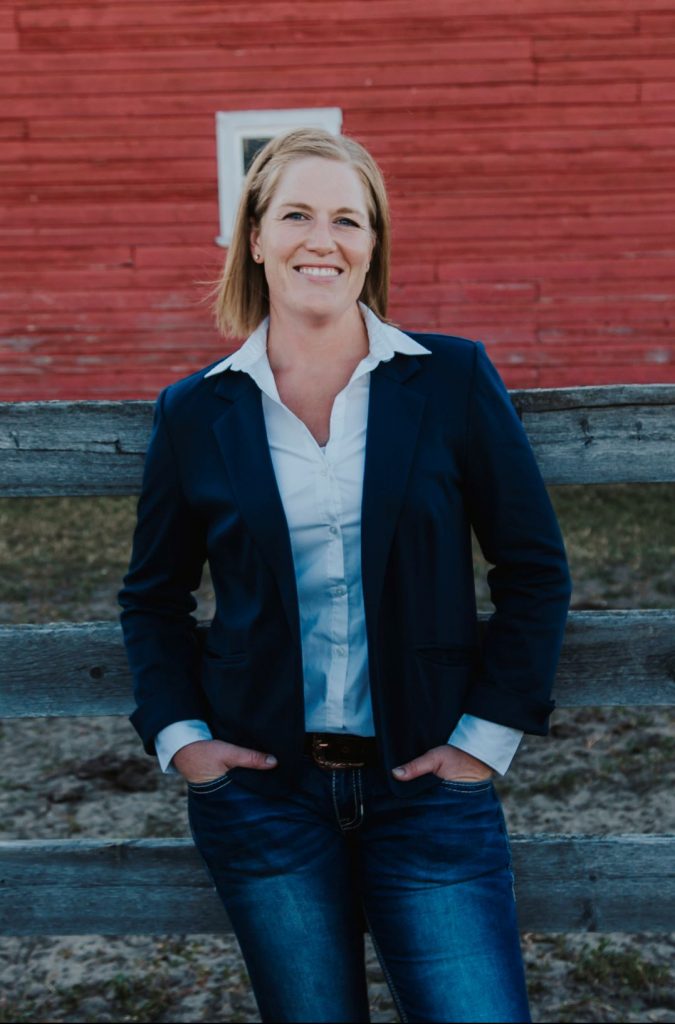
If you are planning to pregnancy check your cows and heifers, it may make sense to incorporate fall processing practices at the same time since the animals are already in the chute. However, keep in mind that if you are using any veterinary products at that time, then you will need to follow withdrawal periods for those products before the cattle can be shipped to market. For example, some anthelmintic products commonly used for parasite control have a withdrawal period of 49 days – that’s seven weeks of extra feed to wait out the withdrawal period.
There can be exceptions to this if the animals are not intended for immediate shipping into the food chain (eg. if selling bred heifers), but in that case there should be clear documentation about how that information was transferred to the next owner.
Crop protection products
This year especially, cattle may be grazing crop residue or salvaged crops, and some crop protection products have withdrawal periods as well. If you’re grazing land where pesticides have been applied, find out what products were used on the crop, as this may have implications for your management decisions.
Product labels should outline the specifications for use, including withdrawal periods, if there are any. If you are unsure, consult your veterinarian and/or agronomist for their advice.
Fly control and pest management
If you are utilizing products for pest management, check the labels. Products may have different withdrawal periods based on whether they are sprayed directly on an animal, or used in some form of cattle oiler. Most of these products have a relatively short withdrawal period, but it is still important to check prior to shipping.
Finding withdrawal times
Product labels should be included with any veterinary product or crop protection product purchased . But, if you are looking for other ways to reference the information, or have misplaced the appropriate label, here are a few suggestions:
- Call your veterinarian or agronomist – they should be able to provide you with a full product label and information sheet on the product.
- Look it up online – be sure to search for the Canadian version of the product to ensure you are accessing the correct information regarding approved uses, doses and withdrawal periods.
- There’s an app for that! Look up “Compendium of Veterinary Products” (CVP) on your app store.
The fact is, as beef producers, we are producing food. Not livestock, but FOOD. And that end use needs to be one of our top considerations when we make management decisions, and especially when shipping cattle, for the safety of consumers, and the sustainability of the industry.
Alberta beef producers have a long-standing reputation of producing safe, quality beef for our customers, and I’m proud to say I’m an Alberta beef producer. I hope you are too.

